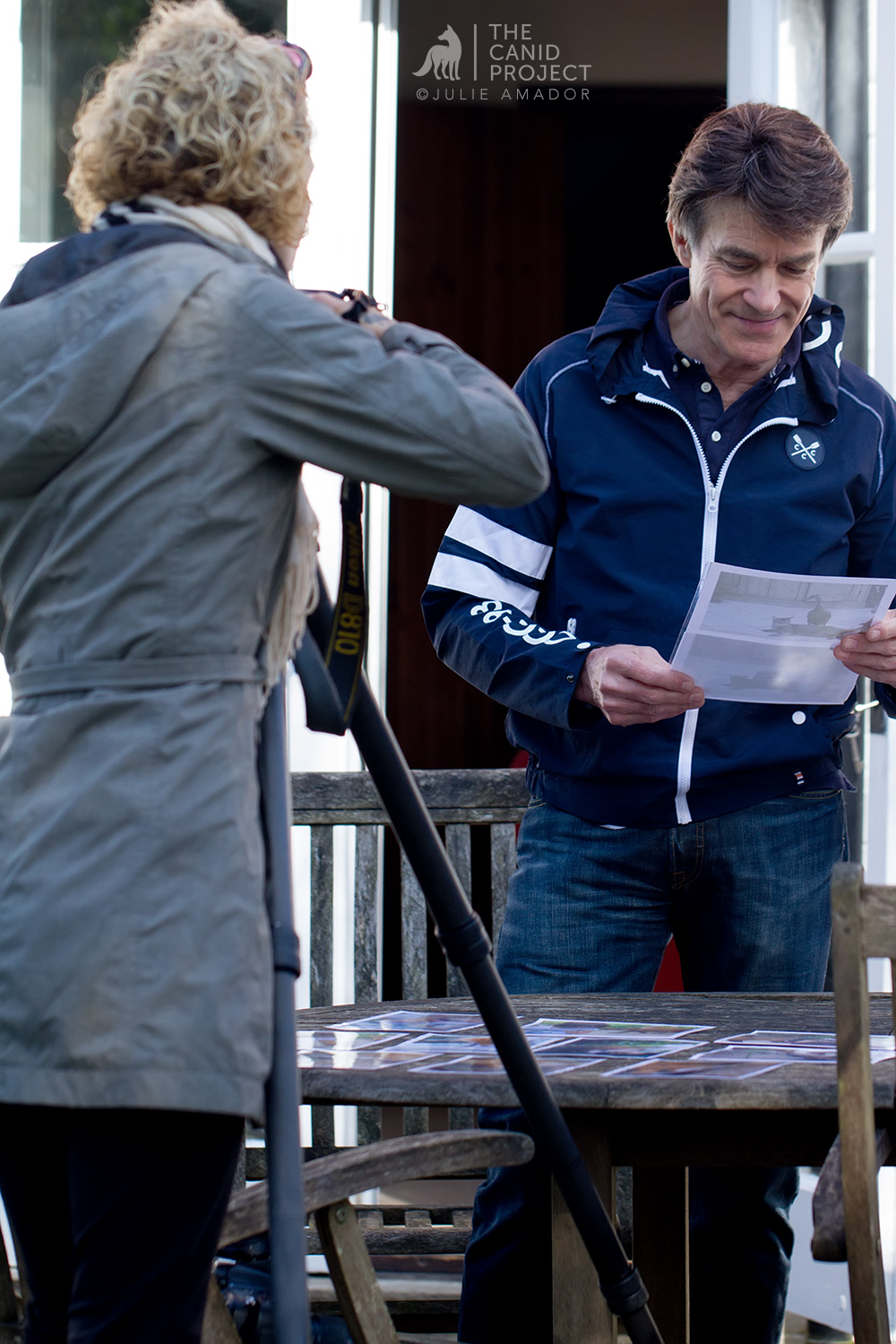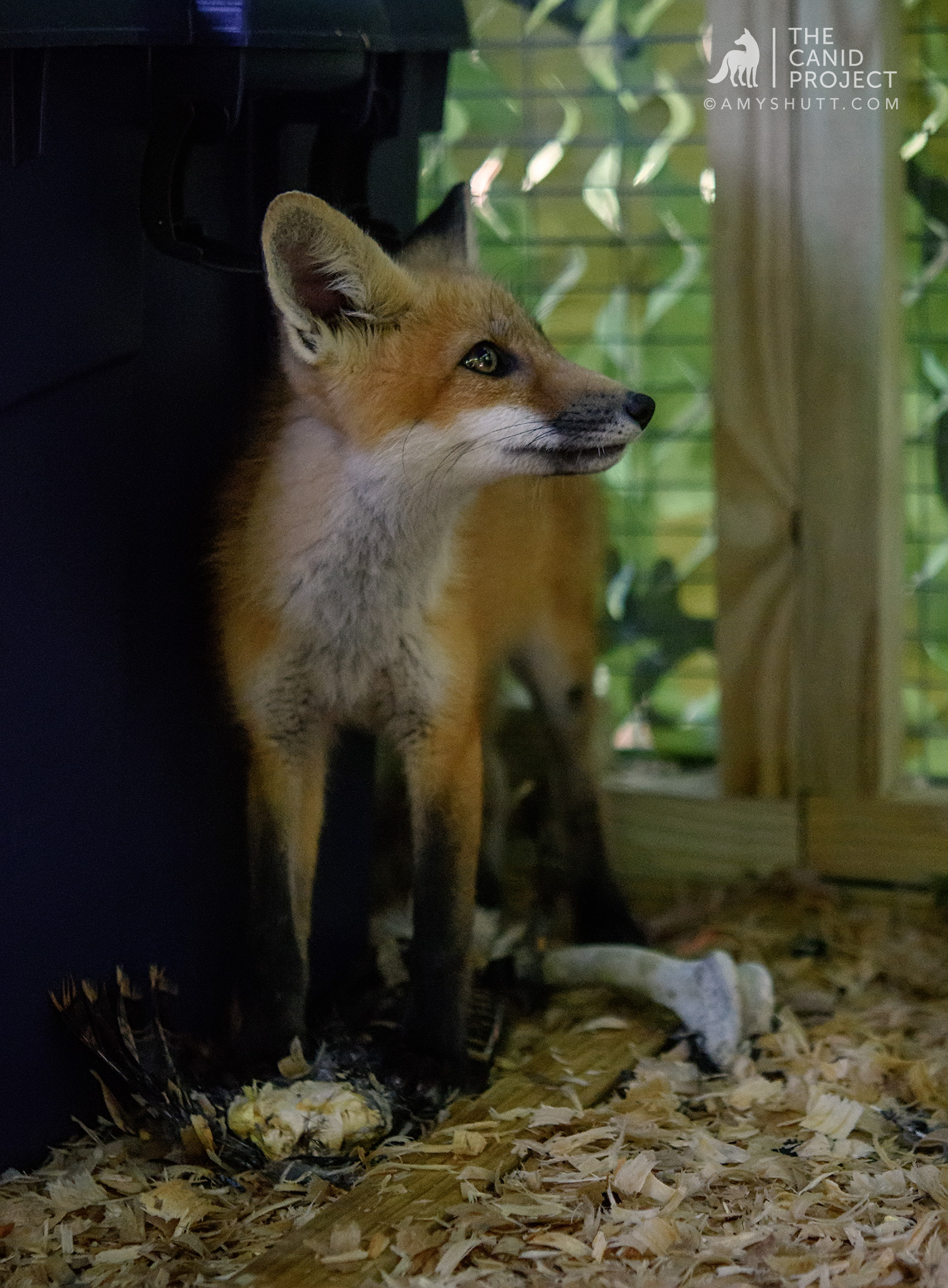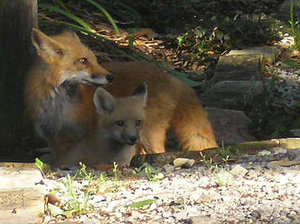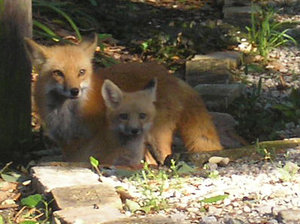By Amy Shutt (written in December 2016)
I’ve never lived a conventional life. Things don’t happen to me in the same way or order they do for most people I know. I didn’t go to college right out of high school and graduate in four years with a degree that would guarantee me a job with benefits and a 401K. The route I chose took me 10 years before I was able to graduate college. I attended three universities and went through three majors before staying put in Philosophy. I had basically given up photography when I switched my major from it to Philosophy. Going to school for photo had unfortunately caused an aversion to the craft.
I worked and went to school mostly part-time, but pushed through full-time the past two years. During all this I was also raising my daughter on my own and had been since I was 21 years old . I worked 14 hour days on my online retail business and it was doing fairly well.
In the spring of 2007 I was running my business from home and it was doing well enough that I eventually needed more space. After many years of living in a tiny garage apartment I finally had the means to move into a real house. It was still a rental but this was a real house on a lake near the university, and perhaps one of the most picturesque neighborhoods in this city.
I chose the house because it was built in the late 1930s and there were heirloom bulbs in the messy cottage garden. I recognized the gladiolus flowers were a variety from the 1940s and the walking irises were just as old, probably passed along from a neighbor. I also chose the house because I could look out the kitchen window and see cormorants, herons and egrets on the lake through early blooming camellias that dotted the long rolling back yard. I’d always lived near water and I was excited to continue the trend for my daughter. Waterways, ponds, and lakes in Louisiana mean birds, turtles, and other fantastic critters-the kinds of things that just feel like home to me.
We had been living in the new house a month so far so we were still busy settling in and unpacking. One gorgeous Louisiana spring afternoon as we headed home, I drove into our neighborhood and as I turned the corner only a block from our house my daughter pointed and yelled, “Mom, I just saw a fox!”. I instantly slammed on the breaks and looked back; she was right. There to my left sitting in the drainage ditch between the street and the sidewalk was an adult fox. Her copper fur shown like tiny blazes of fire in the late afternoon light as it filtered through the Live Oak tree canopy above. I backed my car up slowly and stopped when we were eye to eye with her. She just stared at us; she didn’t budge. To this day I think she was the tamest, or boldest, fox I’ve ever come across.
I was locking eyes with something that looked and felt so much like a domestic dog, until I noticed her thin vertically oriented pupils. They were more cat-like than canid. At that moment I didn’t know why her pupils were shaped like that, but I saw the wildness of that animal in a way I’ve never seen it in an animal before or since. I couldn’t look away; I was completely transfixed.
Later I would learn that the shape of the fox’s pupil and the degree to which they can close down or open them is what allows them to see in dim light; its an important feature since they are largely nocturnal. Not only that, vertically oriented pupils help predators who hunt ambush style, those who hide until they attack their prey from a close distance. The pupil shape allows them to judge distance without moving their head, which for an ambush predator is vital to avoid detection from their prey. We stared each other down for a few more seconds before she very calmly disappeared into the drainage pipe.
I quickly drove home to grab my camera. All my film cameras were boxed away so all I kept around was a point and shoot that could fit in a coat pocket. Armed with my tiny camera, I pulled the car up next to the drainage pipe and out popped the adult fox. And then to our surprise out popped a fox kit too! The kit was just as bold as the mom and she looked at us curiously, sniffing the air. We watched them for a couple of minutes then they disappeared into the pipe. I took three snapshots that day.
































